This article was medically reviewed by Jeremy Silverman, DMD. Jeremy Silverman is a Dentist and Founder of Peace of Mind Dental Studio in Chandler, Arizona. With a decade of professional dental experience, he focuses his practice on incorporating mental well-being into the core of oral care. He also partakes in continuing education and stays up to date with the newest techniques, technology, and products. Dr. Silverman holds a BA in Psychobiology from the University of California at Los Angeles and a DMD from Midwestern University. He is a member of the American Dental Association, Arizona Dental Association, and Central Arizona Dental Society. Dr. Silverman is also Laser Certified by the World Clinical Laser Institute.
There are 7 references cited in this article, which can be found at the bottom of the page.
This article has been viewed 423,036 times.
Yellowing and stained teeth are cosmetic problems that many people face. There are many whitening options available, even if you have braces. Some people are concerned that most whitening methods won't lighten the teeth under the brackets, but this isn't the case with some whitening agents. Dentists suggest three main methods for dental whitening for people with braces: whitening toothpastes, home whitening kits, and in-office whitening.[1]
Steps
Using Whitening Toothpastes
-
1Consider using whitening toothpastes. Look for brands that are American Dental Association (ADA) approved, because they contain fluoride: a mineral essential for dental health.[2]
- Whitening toothpastes contain special abrasives such as baking soda and peroxide to remove surface stains from teeth.
- However, these products will only remove surface stains. They will not change the color of your enamel entirely.
- Whitening toothpastes won't cause any problems for people with braces. The abrasives in the toothpaste won't cause any breakdown of cement or wear on your wires.
-
2Brush your teeth carefully. Start by putting a pea-sized amount of whitening toothpaste on your brush. You don't need a huge amount of toothpaste to clean your teeth! [3]
- Dentists recommend a round-ended toothbrush with soft bristles.
- Electric or sonic toothbrushes are preferable since they do a more thorough job; however, you may still need an interdental toothbrush to clean around your brackets.
- Place your toothbrush at a 45-degree angle to the gums.
- Gently brush in side to side strokes.
- Be sure to brush the front, back, biting surfaces of all of your teeth.
- Brushing your teeth should take at least two to three minutes.
- If you have any stubborn areas around your brackets and wires, you can use a cone-shaped (interdental) toothbrush. Most orthodontists and dentists will be able to supply you with these. These brushes are small and are designed to fit under the wires of braces.
- If your braces are shiny and all parts of the brackets are visible, you have done a good job.
- Brush your teeth this way after each meal.
Advertisement -
3Floss your teeth once a day. This can be difficult when you have braces.[4]
- Thread the floss under the wires of your braces. Then floss as you normally would, making sure you get deep into the spaces between your teeth.
- It may take some time for you to get used to flossing with braces, but it's important that you continue to take this step.
- Keeping your teeth flossed is essential for having white teeth. Food and other debris caught between your teeth can cause decay and discoloration. In addition, you can develop gingivitis or other gum diseases.
- If you have any difficulty getting the floss underneath your wires, you can use a floss threader. These are very inexpensive and are available at most pharmacies.
-
4Rinse your mouth with water after eating. When you eat food, your mouth temporarily becomes acidic. This softens the enamel on your teeth, so if you brush immediately after eating you can damage the enamel. Wait at least 30 minutes after eating to brush your teeth and, in the meantime, rinse with water to prevent stains. Whitening toothpastes can remove stains, but they won't prevent them.
- Coffee, tea, wine, and even blueberries can stain your teeth.
- Smoking can also yellow your teeth.
- Rather than avoiding healthy foods that might stain, you should rinse your mouth after eating.
- Floss regularly to remove particles of foods from between your teeth and under your braces.
Using At-Home Whitening Treatments
-
1Consider using at-home whitening trays. These are generally prepared for you by your dentist.[5] This is the only at-home whitening treatment that carries the seal of approval from the ADA.
- Schedule an appointment with your dentist or orthodontist to discuss this procedure.
- Your dentist will fit you with a custom-made tray that fits over your teeth and braces.
- You will put a 10% carbamide peroxide solution in these trays.
- Some treatment plans recommend using the trays twice a day while others recommend overnight use for one to two weeks.
- The average cost of this treatment is $400.00. This is a very effective and more affordable option than in-office whitening. Plus, it is done from the comfort of your own home, and you should not experience any sensitivity or other major side effects.
- Simply slide the tray with the bleaching solution in it over your teeth and let it sit.
- If you have Invisalign braces, this option is very easy. Just remove your Invisalign tray while you use the whitening tray.
-
2Try paint-on whitening gels. These products are available without a prescription at most pharmacies. These paint-on gels don't have the seal of approval from the ADA as effective teeth whitening products.[6]
- These products require you to paint a bleaching gel onto your teeth that then hardens within 30 minutes.
- To remove the gel, you simply brush your teeth.
- These can be hard to apply around brackets and wires if you have braces.
- These gels contain lower concentrations of hydrogen peroxide than in-office or dentist prepared options.
- Paint-on bleaching gels don't have the same effectiveness as tray treatments. Results may vary from person to person.
-
3Understand that at-home bleaching treatments may have some minor side effects. These range from gum irritation to increased tooth sensitivity.[7]
- Bleaching agents in tooth whitening kits are chemicals that can irritate the soft tissues in your mouth. If the concentration percentage of carbamide or hydrogen peroxide is under 15%, then any discomfort should be minimal. If you are using whitening trays, irritation usually only occurs if your trays do not fit properly or you overfill the trays.
- You may experience sores or swelling in your gums as a result of these treatments.
- Another side effect of some whitening treatments is increased sensitivity. If you are using a whitening treatment that is under 10% carbamide or hydrogen peroxide and you experience sensitivity, then you should not proceed with treatment.
- The increased sensitivity can be bothersome to patients with braces, especially around the time your braces are tightened.
- Avoid using these products several days before and after your braces are tightened.
- If you find the side effects hard to deal with, call your dentist or orthodontist for some solutions. They may be able to provide you with a new tray or ways to keep the whitening products off of your gums.
Whitening Your Teeth At Your Dentists Office
-
1Consider in-office professional whitening treatments. These are the quickest and most effective treatments for whitening.[8]
- During these treatments your dentist will put a protective gel on your gums and put an oral shield on your mouth to protect your gums and cheeks.
- They will then apply a bleaching agent to your teeth around your braces. Typically, these are made of varying concentrations of strong hydrogen peroxide.
- Most in-office treatments will use a special light to activate the bleaching solution, though other treatments are available using in-office bleaching trays.
-
2Prepare to spend at least an hour to an hour and a half at each treatment. The bleaching solution needs to sit under the special light for at least an hour in most cases.[9]
- Sometimes the treatments will cause discomfort in the short-term.
- Bleaching gels can irritate gums and make teeth more sensitive.
- You may need more than one treatment for optimal results, depending on your dietary habits and the shade you want.
- These can be expensive and whitening treatments are not always covered by dental insurance.
-
3Understand that with this method you might have darker areas under your brackets. Since these treatments are done only once or twice, the bleaching solution may not soak into the enamel under your brackets.[10]
- For optimal results, wait to use this method until after your braces are taken off.
- However, if your brackets are on the back of your teeth this method is ideal as bleaching gel is only applied to the front of your teeth.
- This method might be a good option for you if your teeth have darkened since you got braces.
-
4Be aware of the drawbacks of this procedure. Since it might not bleach the area under your brackets, it may be best to try other alternatives first. In-office whitening can be very expensive.[11]
- The average cost of in-office whitening procedures is $650.00.
- Compared to other very effective at-home treatments, this procedure costs much more.
- You will have to go to a dentist's office to get this treatment done. Not all dentists offer this service.
- The gel can have a very unpleasant taste and the cheek guards can be uncomfortable, as you will have to keep your mouth open for an hour or so.
- It may require more than one session to completely whiten your teeth. The best results come from changing the whitening gel every 40 minutes and repeating the session.
References
- ↑ https://www.mouthhealthy.org/en/az-topics/w/whitening
- ↑ http://www.mouthhealthy.org/en/az-topics/b/brushing-your-teeth
- ↑ http://www.mouthhealthy.org/en/az-topics/b/brushing-your-teeth
- ↑ https://www.mouthhealthy.org/en/az-topics/f/flossing-steps
- ↑ https://www.webmd.com/oral-health/teeth-whitening-and-bleaching
- ↑ https://www.webmd.com/oral-health/teeth-whitening-and-bleaching
- ↑ https://www.mouthhealthy.org/en/az-topics/w/whitening
- ↑ https://www.healthlinkbc.ca/health-topics/ug3150
- ↑ https://www.healthlinkbc.ca/health-topics/ug3150
About This Article
To whiten your teeth when you have braces, use a specialized toothpaste or an at-home whitening tray. Whitening toothpastes only remove surface stains on your teeth, instead of whitening your enamel, but they can help to improve the appearance of your teeth. Look for toothpastes that contain fluoride, baking soda, or peroxide, which help to remove stains from your teeth. Alternatively, schedule an appointment with your dentist or orthodontist and ask them about at-home whitening trays. After your meeting, they’ll prepare a custom-made tray that fits over your teeth and braces. At home, just slide the tray over your teeth and leave it for as long as your dentist tells you. This method is expensive, but more affordable than in-office teeth whitening and shouldn’t give you any major side effects. For more tips from our Dental co-author, including how to temporarily whiten your teeth with paint-on gels, read on!
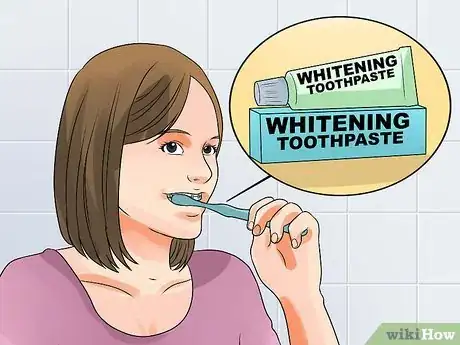
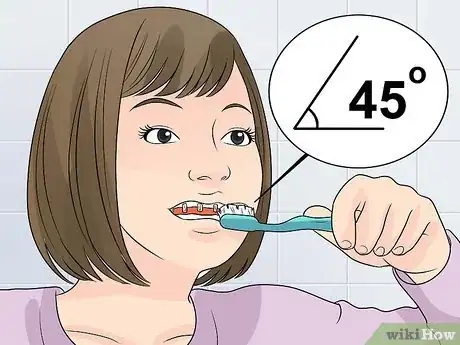
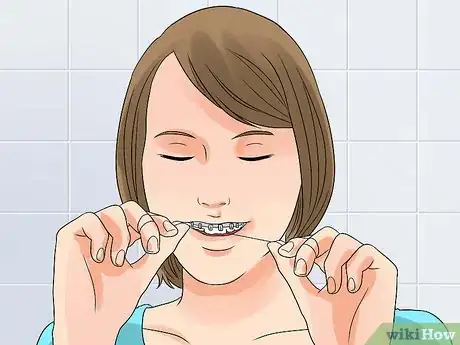
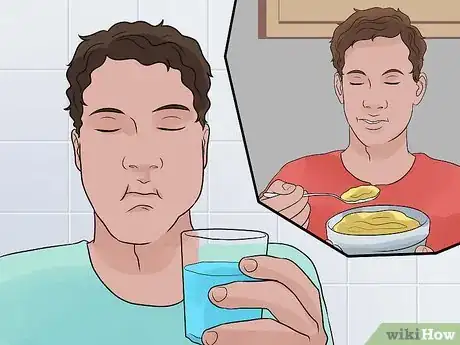
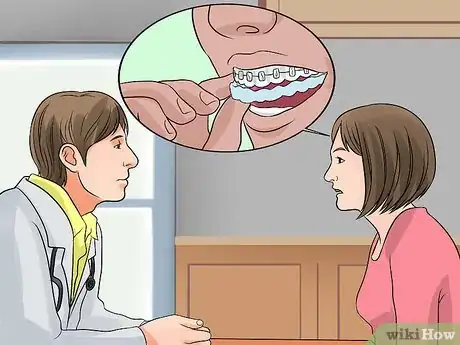
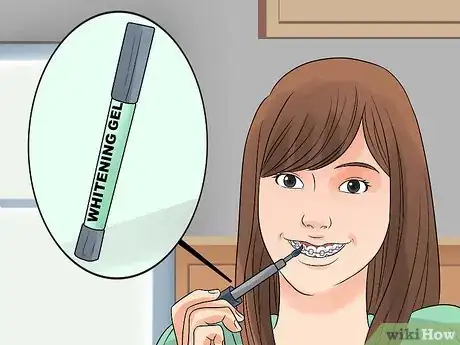
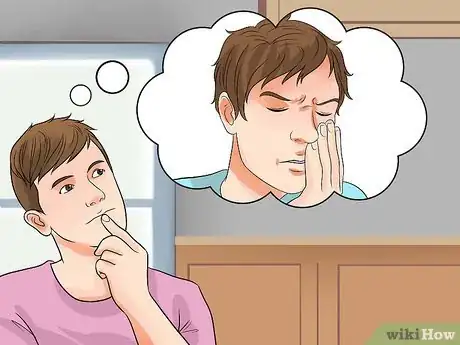
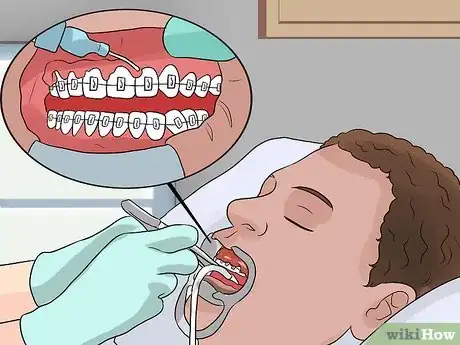
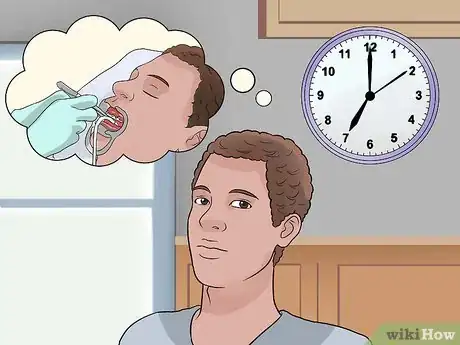
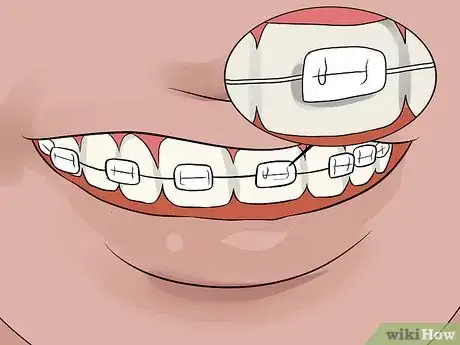
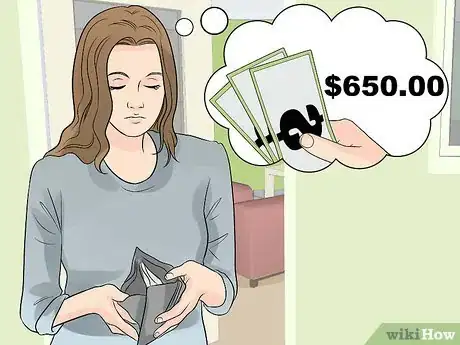

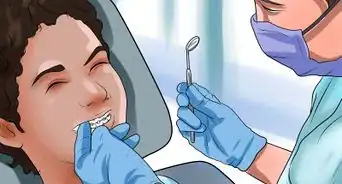
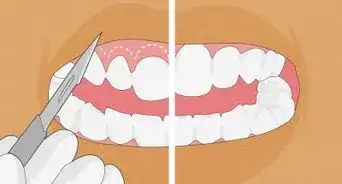

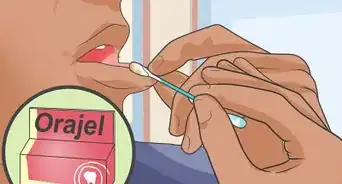


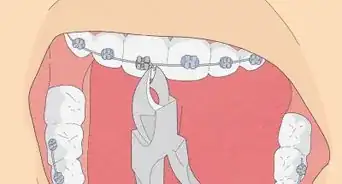
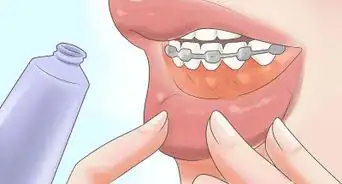
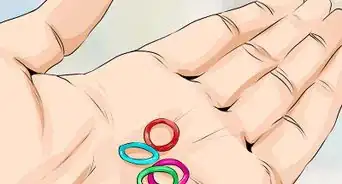

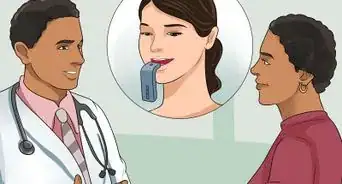
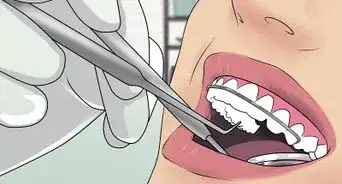










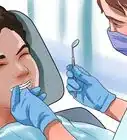
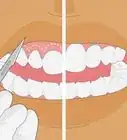



































Medical Disclaimer
The content of this article is not intended to be a substitute for professional medical advice, examination, diagnosis, or treatment. You should always contact your doctor or other qualified healthcare professional before starting, changing, or stopping any kind of health treatment.
Read More...